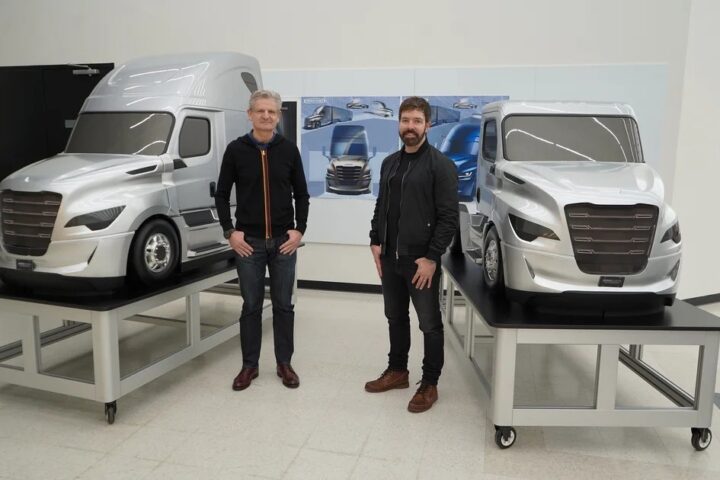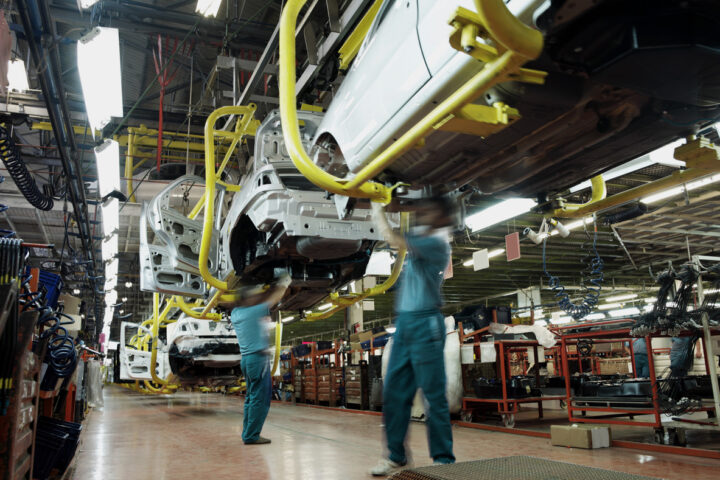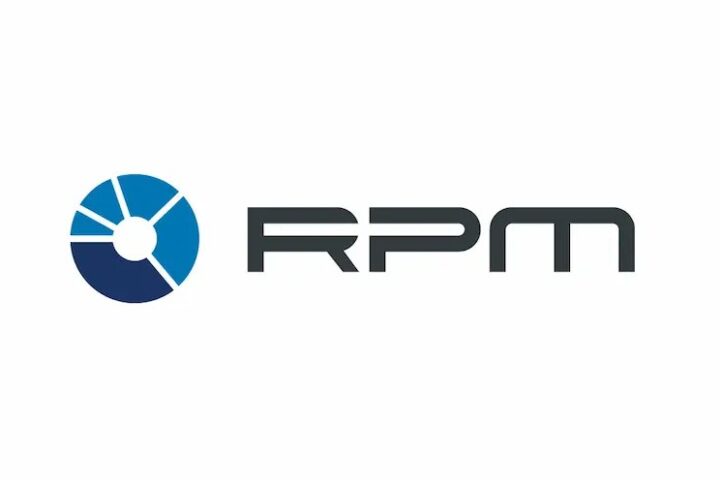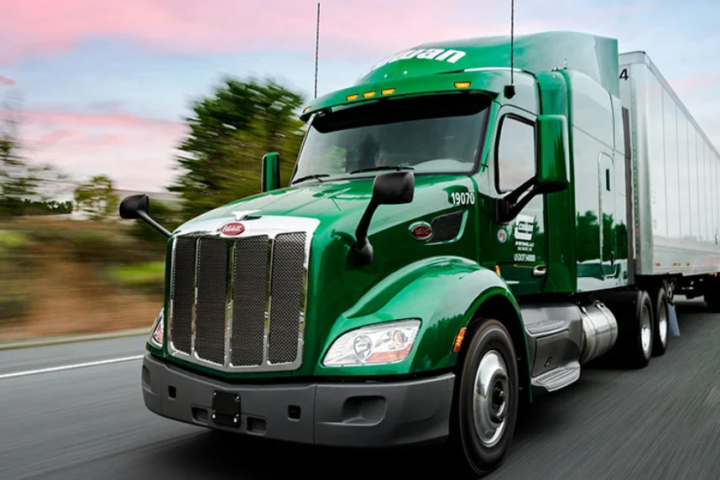Truck fleets can cut fuel consumption and greenhouse gas emissions by up to 17% by equipping their internal combustion engine (ICE) vehicles with idle-reduction technologies already available in the market, according to Cummins.
The company’s newly released white paper evaluates how features such as Neutral Idle, Automatic Engine Shutdown (AES), and Stop-Start systems can significantly reduce greenhouse gas (GHG) emissions and fuel costs. In some scenarios, combining these technologies led to double-digit fuel savings — up to 17.4% in some medium- and heavy-duty urban use cases.

Even at low idle, trucks emit GHG emissions as engines consume fuel to overcome internal friction, vehicle loads and to keep its aftertreatment in the right temperature range to maintain emissions compliance. Fleets can target this fuel use and yield major benefits, especially for non-tractor vehicles like pick-up and delivery trucks or vocational trucks, which may spend more time idling in stop-and-go traffic or while operating power take-offs.
Improving fuel economy is directly proportional to reducing greenhouse gas emissions, the paper reads, adding that fleets don’t have to wait for zero-emission vehicle (ZEV) infrastructure to deploy proven solutions that reduce costs and emissions today.
Idle reduction technology
Neutral Idle, which shifts the transmission into Neutral at a stop and back into Drive when pulling away, reduces load on the engine and saves fuel. It can cut CO2 emissions by 4.6% for a Class 6 pick-up and delivery truck and 6.3% for a Class 8 refuse vehicle, according to the U.S. EPA’s Greenhouse Gas Emissions Model (GEM), which helps measure greenhouse gas emissions and fuel consumption, providing a fair comparison of fuel-saving technologies. GEM focuses on tailpipe emissions and does not reflect grid electricity and hydrogen consumption and costs.
Automatic Engine Shutdown builds on that by shutting the engine down after 60 seconds of parked idle when it’s not needed for PTO or HVAC use. Combining AES with Neutral Idle can deliver savings of 9.6% for Class 6 trucks and 11% for Class 8.

A more advanced Stop-Start system turns the engine off while the truck is stationary in drive and restarts it when needed. While it doesn’t pair with Neutral Idle — since both address similar conditions — it can be combined with AES for more savings. This combination leads to a 14.2% GHG reduction in a Class 6 vehicle and 15.7% for Class 8, with the highest modeled benefit reaching 17.4% in some medium-duty urban applications.
For sleeper cab tractors, the company points to hoteling-focused systems — such as Automatic Engine Shutdown Systems (AESS), auxiliary power units (APUs), and fuel-operated heaters (FOHs) — as effective tools for reducing overnight idling. A battery-powered APU paired with a locked-on AESS can cut GHG emissions by up to 6% in those vehicles.

“Many of these technologies are already on the road today, with availability varying by truck manufacturer,” said José Samperio, vice-president and general manager for Cummins’ on-highway business, in a related news release. “Cummins is investing in near-term, readily available solutions to drive engine efficiency and affordability for fleets, while also looking ahead to the zero-emission innovations that will be an important part of the future technology mix.”












